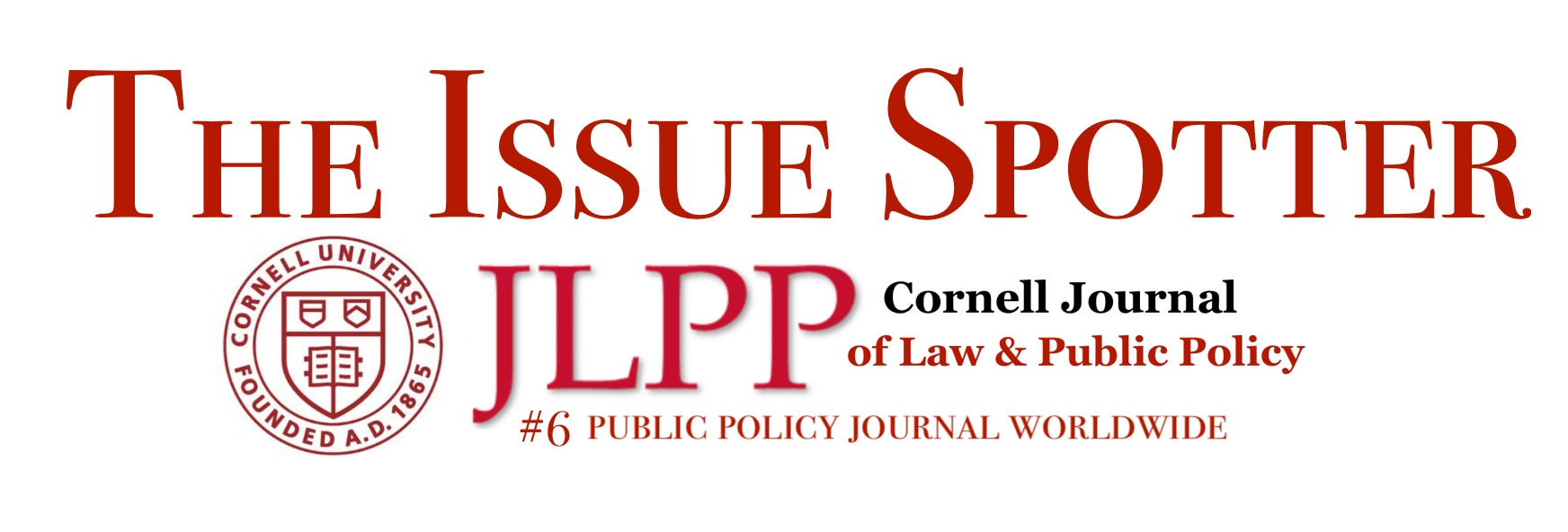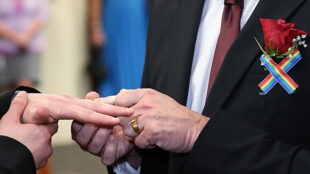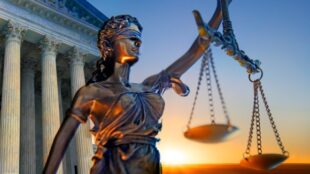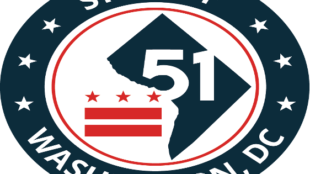Modern Gambling: The Tragic Reality of Stock Trading in the 21st Century
(Source) The innovations of the modern age have put the American dream within reach for anyone. The only thing required is a computer or a smartphone, which gives users access to financial markets worldwide. Meanwhile, the American public has dreamt up an idyllic view of achieving the epitome of financial success through Wall Street and stock trading. This modern American dream has driven many to the lure of securities trading, especially during the pandemic. However, new traders, not enticed with the slow yearly gains of the Wall Street establishment, have looked to day trading to satisfy their desire for profits and lack of patience. Smartphones and social media facilitated this new trend as stock trading is more informal and accessible to all. The problem is, succeeding in day trading has not become easier. Many aspiring new day traders have turned to the brokerage firm Robinhood, which claims to be “democratizing” trading. The brokerage began in 2013 exclusively offering trading through their smartphone app. Robinhood appeals to new traders by not requiring a minimum account size and having commission-free trading. The brokerage became a favorite for inexperienced traders as the company enticed anyone with a few bucks and a smartphone. This [read more]










